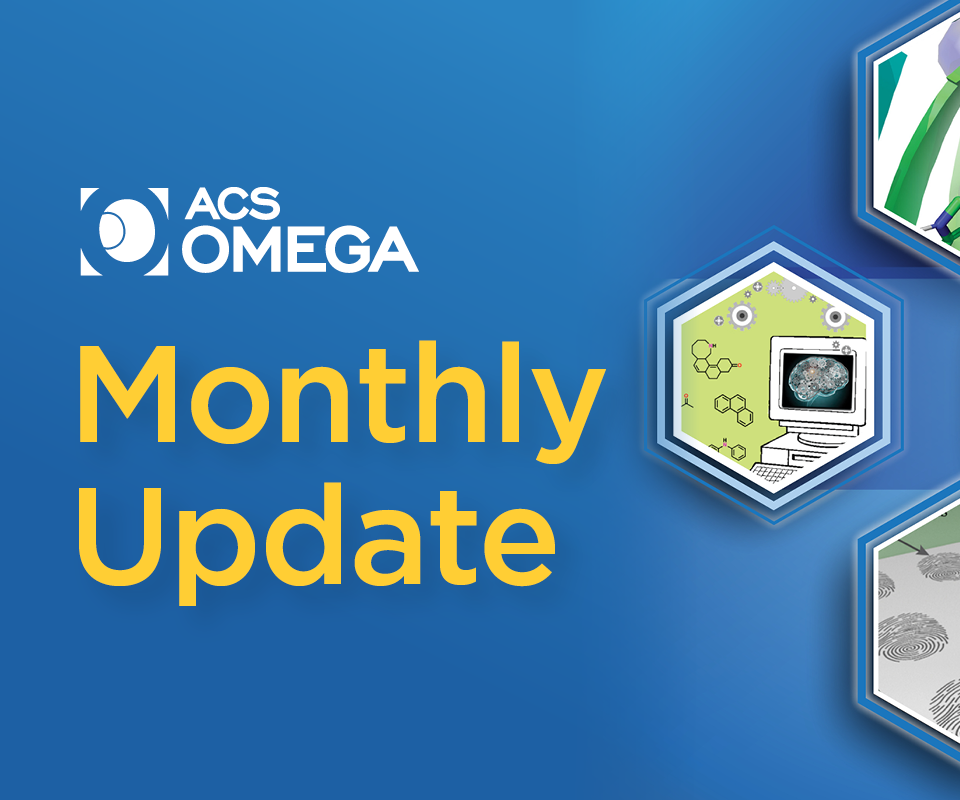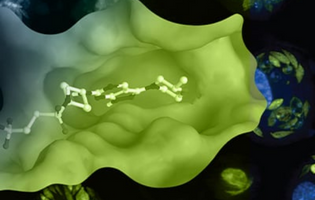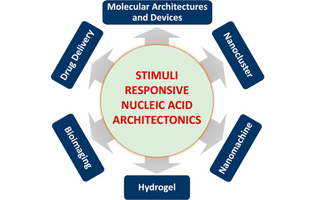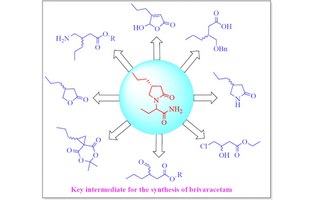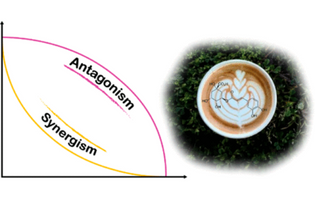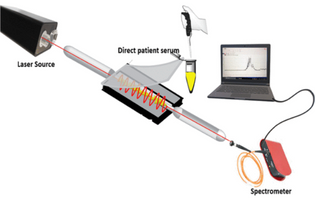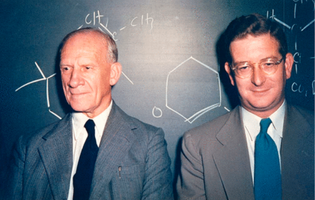What's New
We are excited to announce that ACS Omega is one of twenty one ACS journals represented in the latest joint Virtual Issue entitled entitled "Neglected Tropical Diseases". Published to show ACS Publications' support of World Neglected Tropical Disease Day on January 30, this excellent collection aims to raise awareness of this group of diseases and to showcase recent advances in diagnosing, treating and combating NTDs.
Diversity, Equity, Inclusion, & Respect Survey: Your Input Needed
As outlined in our joint editorial "Confronting Racism in Chemistry Journals" published in June 2020, ACS Publications has committed to "gathering and making public our baseline statistics on diversity within our journals, encompassing our editors, advisors, reviewers, and authors". This commitment advances ACS' core value of Diversity, Equity, Inclusion, and Respect (DEIR) and strategic plan goal to embrace and advance inclusion in chemistry.
In 2022, we are asking all of our editors and editorial advisory board members to complete this very brief (less than one minute) survey.
We will use the information gleaned in an anonymous and aggregate manner for our annual public reports to identify specific areas where we need to improve, formulate targeted strategies, and measure our progress in identifying bias in our journals. Please know that, although the information gathered here is sensitive, it will be used for internal ACS use only and will only be reported in aggregate. No person will be identifiable to anyone except for a limited number of ACS staff.
Thank you for being a part of the ACS Publications community and for helping to eradicate bias, racism, and discrimination in science and engineering.
ACS Omega - In The News
Researchers from Skoltech, Lomonosov Moscow State University, and Sirius University of Science and Technology have proposed a new method of visualizing chemical reactions to help scientists understand the global chemical reaction space and come up methods of synthesizing organic compounds used in the industry. The neural network-based method projects chemical reactions onto a 2D plane as dots, grouping similar chemical reactions together.
Reference: Sergey Sosnin*, et al. Exploring Chemical Reaction Space with Reaction Difference Fingerprints and Parametric t-SNE, ACS Omega (2021) DOI: 10.1021/acsomega.1c04778
Key Journal Metrics
- ACS Omega published 290 articles in the month of January.
- Articles published by ACS Omega were downloaded 663,614 times in January, which represents a 37% increase in usage compared to the equivalent time period in 2021.
Published Issues
pp. 2486-3133
pp. 1542-2485
pp. 1-1541
Featured Articles
In our latest ACS Editors' Choice selection, the authors discuss recent advancements in nucleic acid architectonics with an emphasis on pH-driven molecular systems including molecular and nanoarchitectures, templated architectures and nanoclusters, nanomachines, hydrogels, targeted bioimaging, and drug delivery architectures. The Mini-Review concludes by highlighting the challenges and opportunities for future development in the field.
Thimmaiah Govindaraju* et al Jawaharlal Nehru Centre for Advanced Scientific Research, India and Tongji University, China
ACS Omega 2022, 7, 4, 3167-3176
In our first ACS Editors' Choice selection of 2022, the authors use this Perspective to encapsulate the reported literature on synthetic strategies toward the synthesis of brivaracetam, a well-known and important drug used in the treatment of epilepsy, with the aim of assisting medicinal chemists in the further progress of its synthesis.
Jhillu Singh Yadav* et al Indrashil University, India
ACS Omega 2022, 7, 3, 2486-2503
In this Mini-Review, bioactive properties such as antioxidant, enzyme inhibition, and chelating power are reviewed in terms of synergism and antagonism of coffee phenolics and other bioactive compounds that are introduced into the matrix, such as cacao, ginger, cinnamon, willow bark, cardamom, and chili. Furthermore, how these properties are affected after in vitro digestion and possible reasons for the outcomes are also briefly discussed with the aim of providing a better understanding of these interactions with the food industry.
Esra Capanoglu* et al. Istanbul Technical University, Turkey
ACS Omega 2022, 7, 2, 1595-1601
In this Perspective, the authors discuss several aspects of materials science challenges in utilizing heavy crude oil with an emphasis on the needs of the Canadian Oil Sands. Foundation principles, recent technological advancements, and unmet needs emphasizing candidate solutions for thermal insulation, membrane-assisted separations, corrosion protection, and midstream bitumen transportation are covered to emphasize the practical and geopolitical difficulties associated with this industry. The work also highlights illustrative materials' technology developments to improve a range of properties including thermal insulation, separation of oil-water emulsions, reduction of damage from spills and corrosion inhibition. Finally, future outlooks for onsite partial upgradation are also described, which could potentially bypass the use of refineries for some fractions, enable access to a broader cross-section of refineries, and enable a new distributed chemical manufacturing paradigm.
Sarbajit Banerjee* et al. Texas A&M University, United States
ACS Omega 2022, 7, 2, 1547-1574
In this article, the authors describe the fabrication of a tapered optical fiber plasmonic biosensor for the sensitive detection of a panel of microRNAs in human serum obtained from noncancer and prostate cancer patients. The developed sensors could detect microRNA's in human serum with a limit of detection between 179 and 580 aM and with excellent selectivity. The high-throughput biosensor has the potential to expand and advance point-of-care diagnostics for the early diagnosis of cancer.
Gymama Slaughter* et al. Old Dominion University and Eastern Virginia Medical School, United States
ACS Omega 2022, 7, 2, 2411-2418
In this unique Perspective, the authors discuss the ENLACE binational Summer research program, which was established aiming to encourage participation of high school and college students in research in the sciences and engineering, while promoting cross-border friendships between the United States and Mexico. As well as encouraging participation in sciences and engineering, the program also concurrently engages the students in a rich curriculum promoting understanding of broader societal issues of equity, inclusion, tolerance, and social justice. The project was built on the principle that walls and borders of all kinds can be eradicated through kindness, compassion, and respect for others.
Olivia A. Graeve* et al. University of California San Diego, United States
ACS Omega 2022, 7, 2, 1542-1546
In this Editorial, the author addresses the history of the elucidation of the structure of strychnine and the various controversies surrounding who should be given credit for solving the structure. Tracking the 130 year history from the isolation of strychnine in the early 19th Century to the proposal of what turned out to be the correct structure in the mid-20th Century, the arguments that followed, and the complex but ultimately collaborative relationship that was formed between the two researchers involved, provide an excellent reminder that open-mindedness, generosity of spirit, and flexibility can reverse self-defeating strategies and help us serve ourselves and our communities better.
Jeffrey I. Seeman* University of Richmond, United States
ACS Omega 2022, 7, 1, 1-4
Previous Newsletters
Click below to view a previous ACS Omega Monthly Update
© 2024 American Chemical Society, 1155 16th St NW, Washington, DC 20036, USA. View our Privacy Policy


